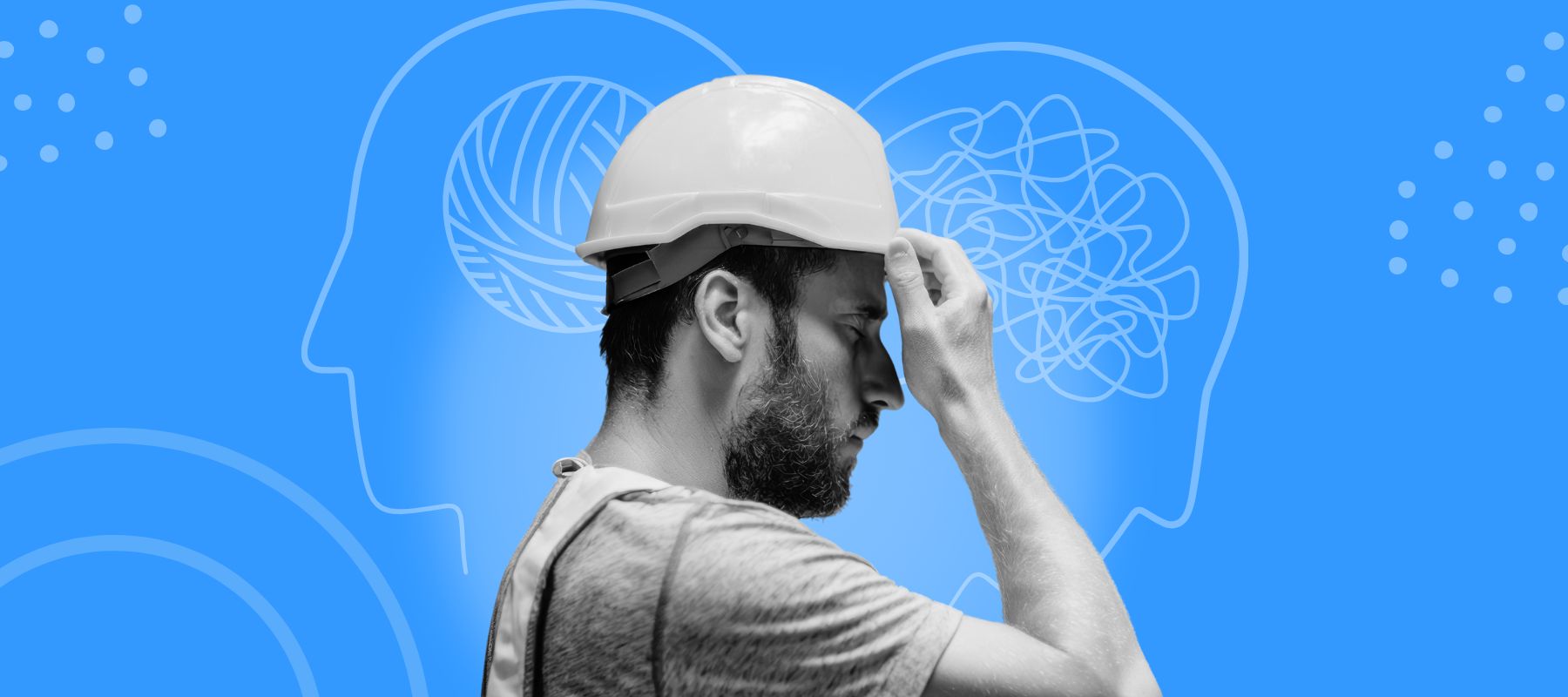AI Summary

REVEALING THE PATTERNS BEHIND EVERYDAY MISTAKES – AND HOW TO BREAK THEM
Errors, even smaller ones, have a bigger impact on your life than you probably know. That’s because we each make, at a minimum, dozens of errors a day. This isn’t being alarmist: psychologists Michael Frese and Nina Keith reported in 2015’s Annual Review of Psychology that “most people make approximately two to four errors per hour in every task they do”.
Another statistic that many might find to be a revelation: over ninety percent of mishaps are caused by own actions, according to analysis of more than 400 incident reports by SafeStart. So, with each one of us causing many more errors than we generally understand, is there something we can do about them? Are there tell-tale patterns to help undo the damage caused by error? Yes, there are: in fact, the vast majority of errors happen when our bodies or minds are in one or more of these four states, all of which will be familiar:
Even a short period of self-monitoring will reveal the truth of this ‘state-to-error’ flow. We fall into this cognitive pitfall all the time.
And the biggest mistakes often happen at what seem low-stakes moments when, being in one or more of these states, we stop paying proper attention to what we are doing. Sometimes we assume that the unexpected could never happen: “I know my stuff!” we say to ourselves and carry on without checking ourselves.
The truth is that when we go into autopilot mode, it takes an effort to notice it, even at the best of times.
RATE-YOUR-STATE
The good news is that knowing about this causality gives us a way to gain a real edge in our daily lives, an edge that will add greatly to our satisfaction and all-round performance.
As anyone who has built a new habit knows, the trick is to convert an awareness into a reflex, so that every time one of these states enters the mix we react intelligently – thereby cutting the link that errors thrive on.
Building the reflex is simply a matter of practice – in this case, practice at taking a snapshot of our states of mind and body, in effect, rating our states.







.avif)


